Whether you've just bought your first Nikon DSLR or you want to add something new to your kit bag, the wealth of choice available can be a little bit daunting. Fear not though, as we're here to help ensure you find the very best Nikon lens for your DSLR.
The guide has been split into two different sections. First off, there's the best Nikon lenses for DX (APS-C) format DSLRs. These are lenses which are well suited – and in some cases specifically designed for – crop sensor DSLRs like the D3500, D5600 and D7500. After that, we'll be looking at lenses which are best for Nikon FX format (full-frame) DSLRs, such as the D850.
You'll usually find that Nikon DX format DSLRs are typically sold as part of a kit which comes complete with a standard zoom lens. These will often provide sufficient to get you started with, but you might soon find that you outgrow them if you want to do something a little bit more specialized.
For example, you don't get a super wide angle for landscape and interior shots, while creating those super shallow depth of field effects can only really be achieved with a lens which has a very wide aperture. Macro lenses are very helpful for close-up shooting too.
While there are dedicated DX format lenses designed to be used with APS-C sensor cameras, sometimes FX format lenses are actually a better option, especially if you're thinking of upgrading to full-frame at a later date.
Independently manufactured lenses from the likes of Sigma and Tamron often give similar or even better performance than own-brand Nikon lenses
You'd be forgiven for thinking that it makes most sense to use Nikon lenses if you have a Nikon DSLR. But, think twice about independently manufactured lenses from companies such as Sigma and Tamron – they often have similar, or even better, performance than proprietary optics – but usually at cheaper prices.
After some rigorous testing – both in the lab and out in the real world, here you'll find the best DX lenses you'll find for your Nikon APS-C camera. We've included both our favourite picks, as well as close-contenders which suit those on a tighter budget.

Best Nikon lenses for DX format DSLRs in 2019
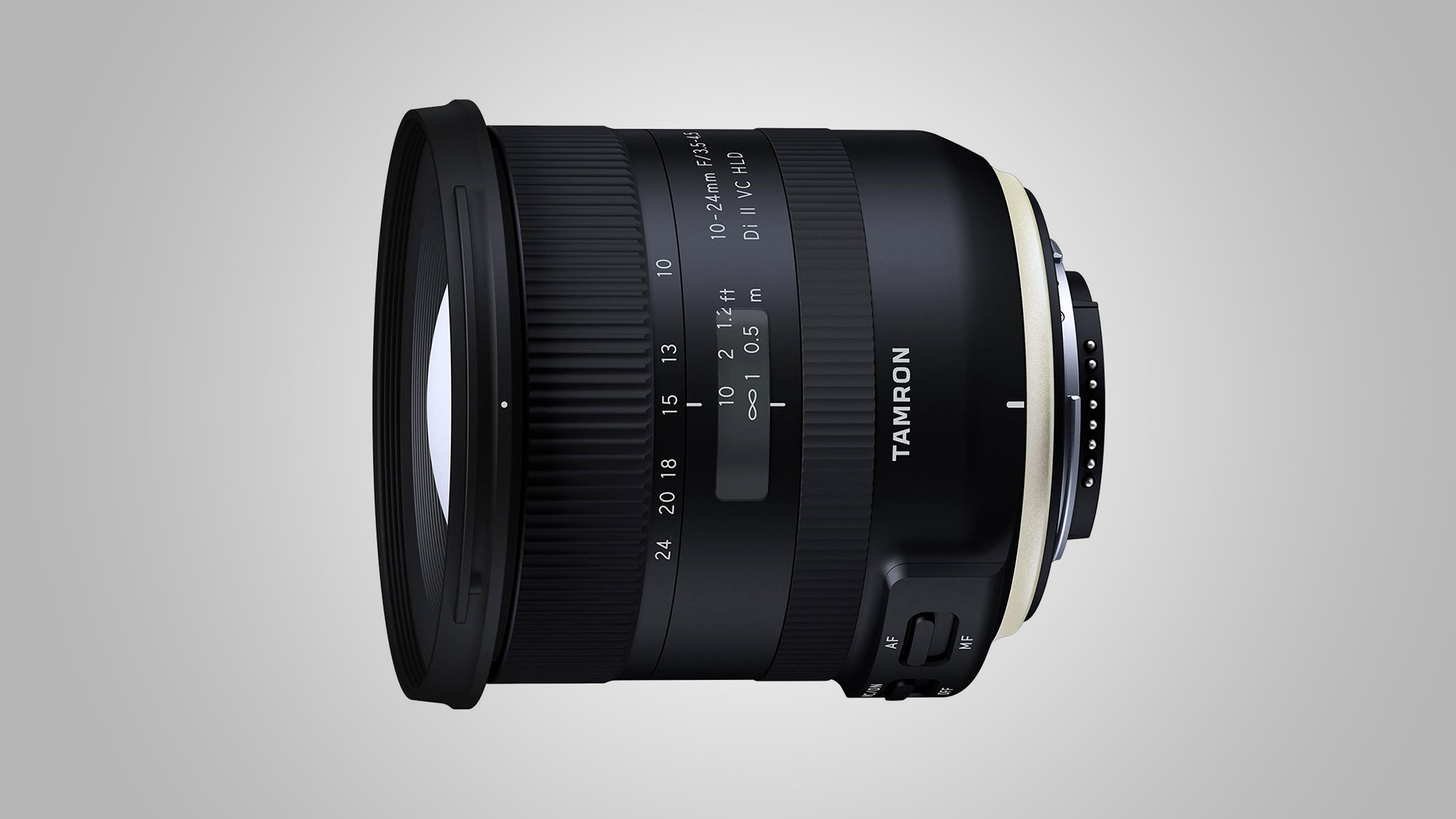
This 'VC HLD' lens includes optical stabilization alongside a new autofocus system which is quick and quiet. Handling is great, while the high-quality build includes weather sealing and a fluorine coating for the front element. Image quality is beautifully sharp, while contrast is high. Distortions are kept under control, while there's also fairly minimal color fringing.
Great-value option: Sigma 10-20mm f/3.5 EX DC HSM
For about the same cash outlay as Nikon’s budget AF-P DX 10-20mm f/4.5-5.6G VR lens, this Sigma is a more refined option. It's got better build quality and delivers greater image quality, but on the downside, lacks stabilization – something which is not too problematic at this focal length.

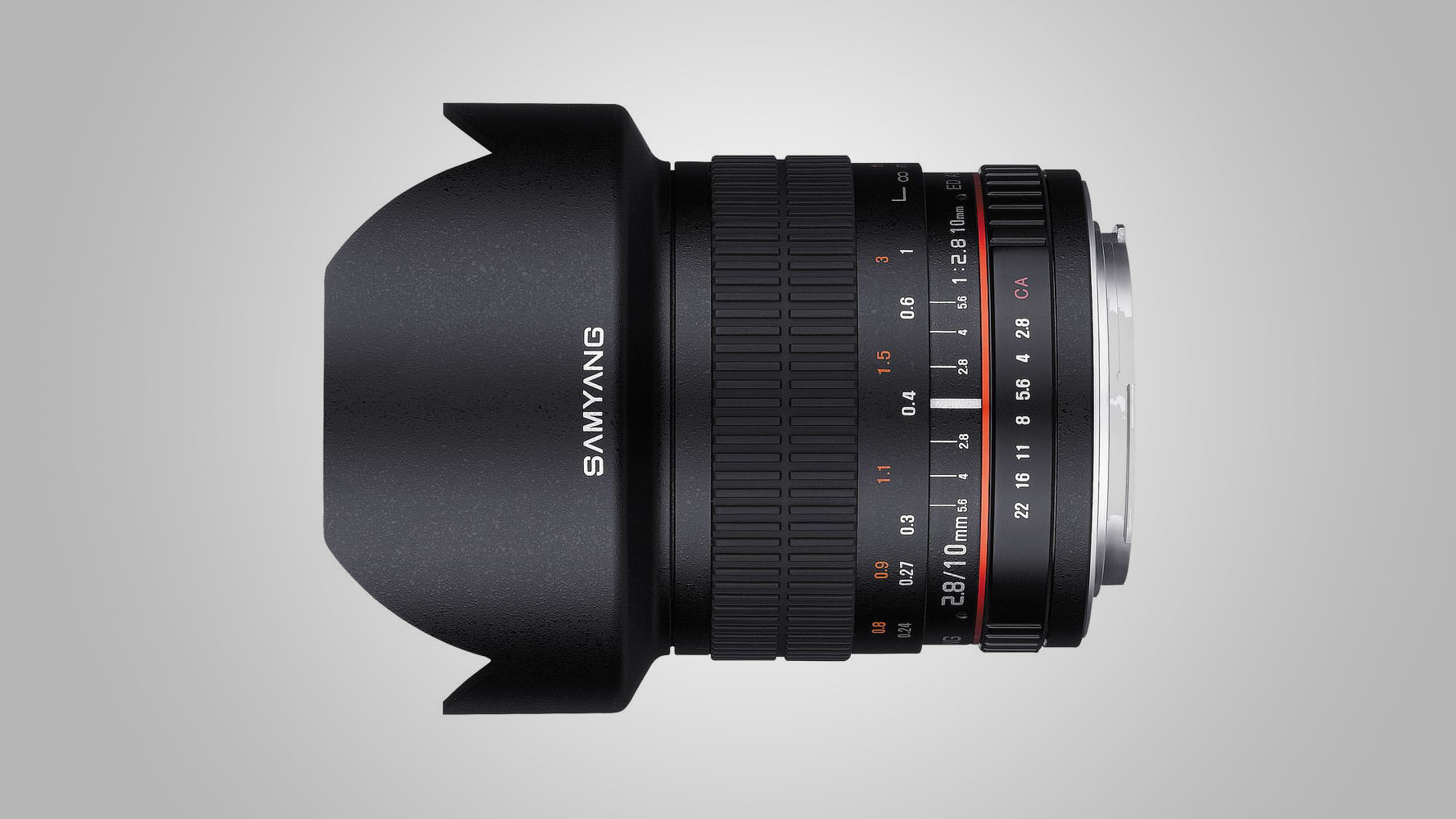
When you're pretty much reliant on autofocus, stepping back to manual focus can feel like going backwards. However, lenses like this which promise a huge depth of field thanks to a short focal length make accurate focusing less of a critical issue. To help you out, you also get a handy distance scale to try traditional focus methods for landscape and street photography – you can try setting the hyperfocal distance and 'zone focusing'. There's also high-quality glass which helps ensure the best possible image quality, with minimal ghosting and flare.
Great-value option: N/A
Wide-angle prime lenses for DX format cameras are practically non-existent. That means that the Samyang 10mm is not only the best choice, it’s also the best value.


Typically bundled with higher-end cameras, such as the Nikon D500, this is the best DX format standard zoom lens. It's a great walkaround option with a flexible range and a wide maximum aperture that sees it well suited to a lot of different subjects. It's also beautifully built, with no less than four ED (Extra-low Dispersion) elements, plus nano-structure coatings along with fluorine coatings on the front and rear elements. Focusing is swift and accurate thanks to ring-type ultrasonic autofocusing, while the VR (Vibration Reduction) stabilization system is very effective. Sharpness drops off a little at the long end of the zoom range, while you can see some barrel distortion at the short end of the lens, but otherwise it's a great option.
Great-value option: Sigma 17-70mm f/2.8-4 DC Macro OS HSM | C
Relatively compact and lightweight, this Sigma has a variable yet fairly fast aperture rating and delivers impressive image quality, all at a bargain price.


Take into account the 1.5x multiplier (or 'crop factor') of Nikon's APS-C models and with this lens you get an effective focal length of 52.5mm, which makes it pretty much perfect as a standard prime. This lens is also FX (full-frame) compatible, so should you find you upgrade later down the line, you can use it as a wide-angle prime, without being limited only to 'crop mode'. As for usability and image quality, you've got fast ultrasonic autofocusing system, plus a Tamron's VC optical stabilization system which is highly effective.
Great-value option: Nikon AF-S DX 35mm f/1.8G
It’s less expensive to buy than the Tamron, matches it for aperture rating and delivers very pleasing image quality, but it’s not as well built and lacks stabilization.

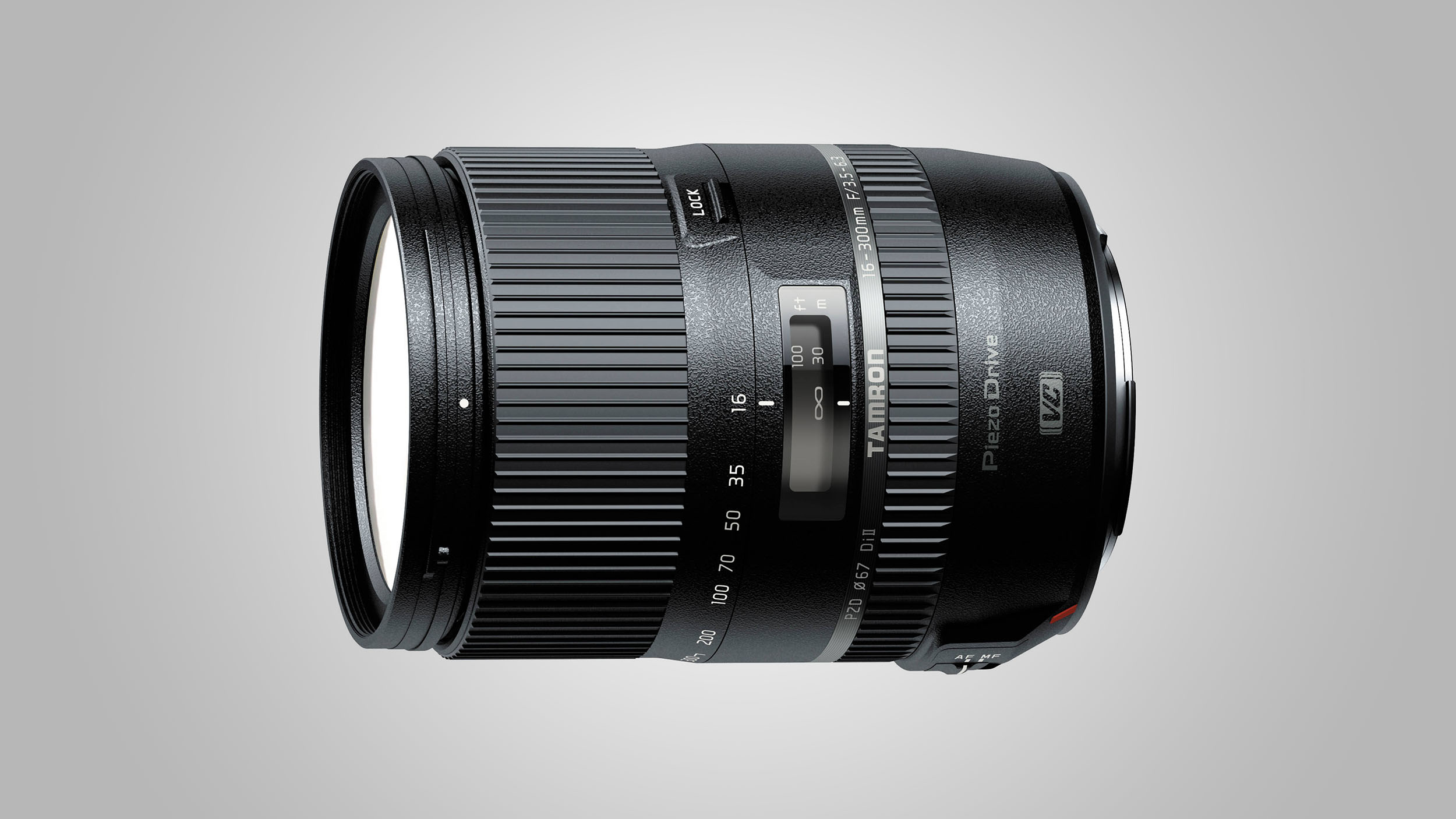
Available at a competitive price when compared with Nikon's own brand superzoom lens, this Tamron starts at 16mm, rather than the usual 18mm at the short end of its range. It might not sound like a lot, but that extra-wide-angle potential is actually very noticeable in practice. At the other end of the range, there's 300mm, which will get you nice and close to the action, too. Of course there's a compromise to be made here – that comes in the form of a little softness at the long end of the zoom range, while you'll notice some obvious barrel distortion at the short end too.
Great-value option: Tamron 18-200mm f/3.5-6.3 Di II VC
Remarkably compact and lightweight for a superzoom, Tamron 18-200mm makes an excellent ‘travel lens’ and is unbeatable value at the price.

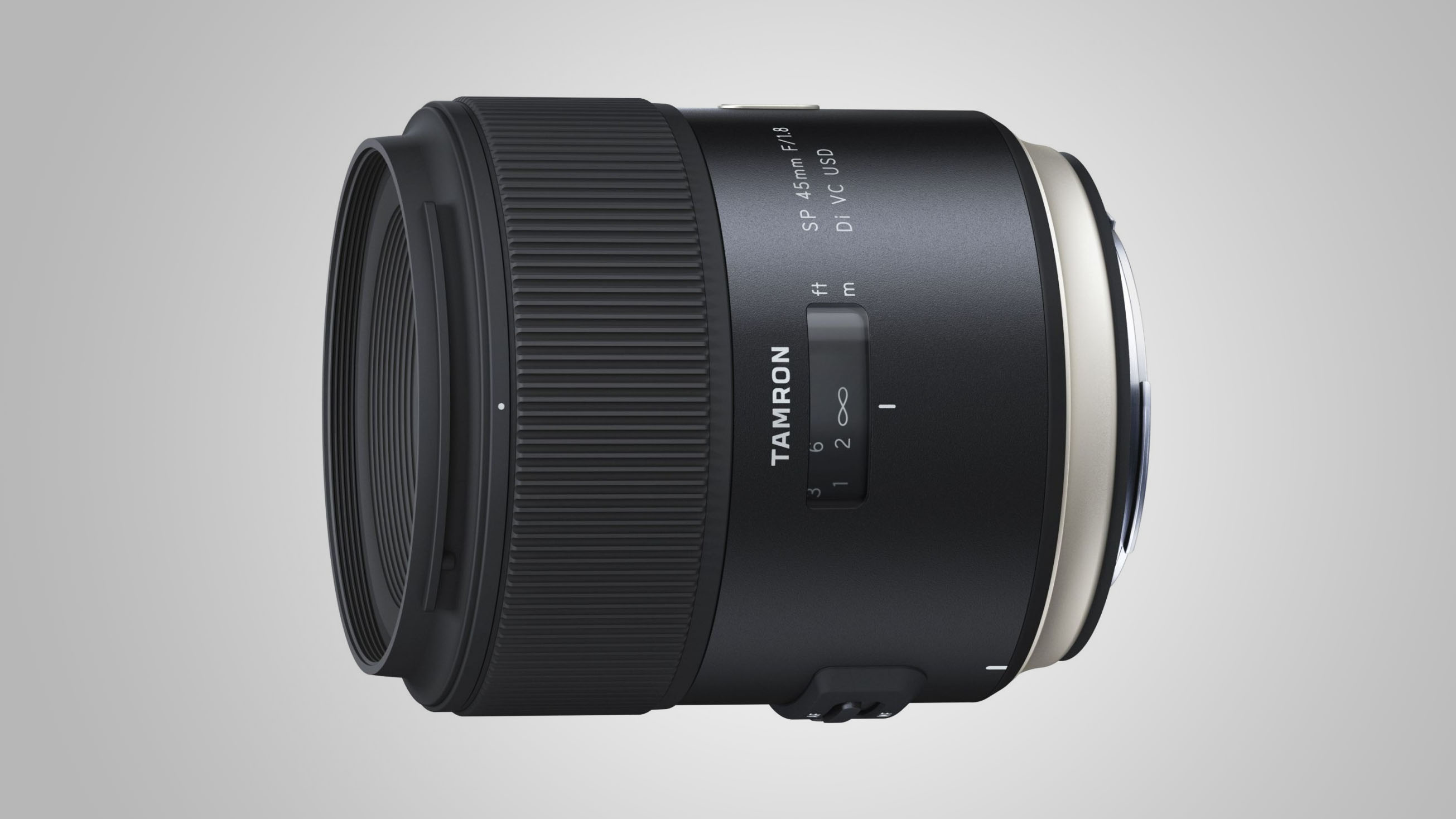
This lens is a tad (a lot) more expensive than cheap options like the Nikon AF-S 50mm f/1.8G. However, it is extremely nicely made and boasts an optical stabilizer that you won't always find in standard fast prime lenses. It's full-frame compatible, but on your DX format camera, it gives a focal length of 67.5mm, which makes it well-suited for portraiture. Bokeh (out of focus areas) is nicely rendered, being deliciously smooth and creamy while also keeping the subject nice and sharp.
Great-value option: Nikon AF-S 50mm f/1.8G
If you’re willing to sacrifice a little in terms of build and image quality, and can do without optical stabilization, this budget Nikon lens only costs about a third of the price of the Tamron.

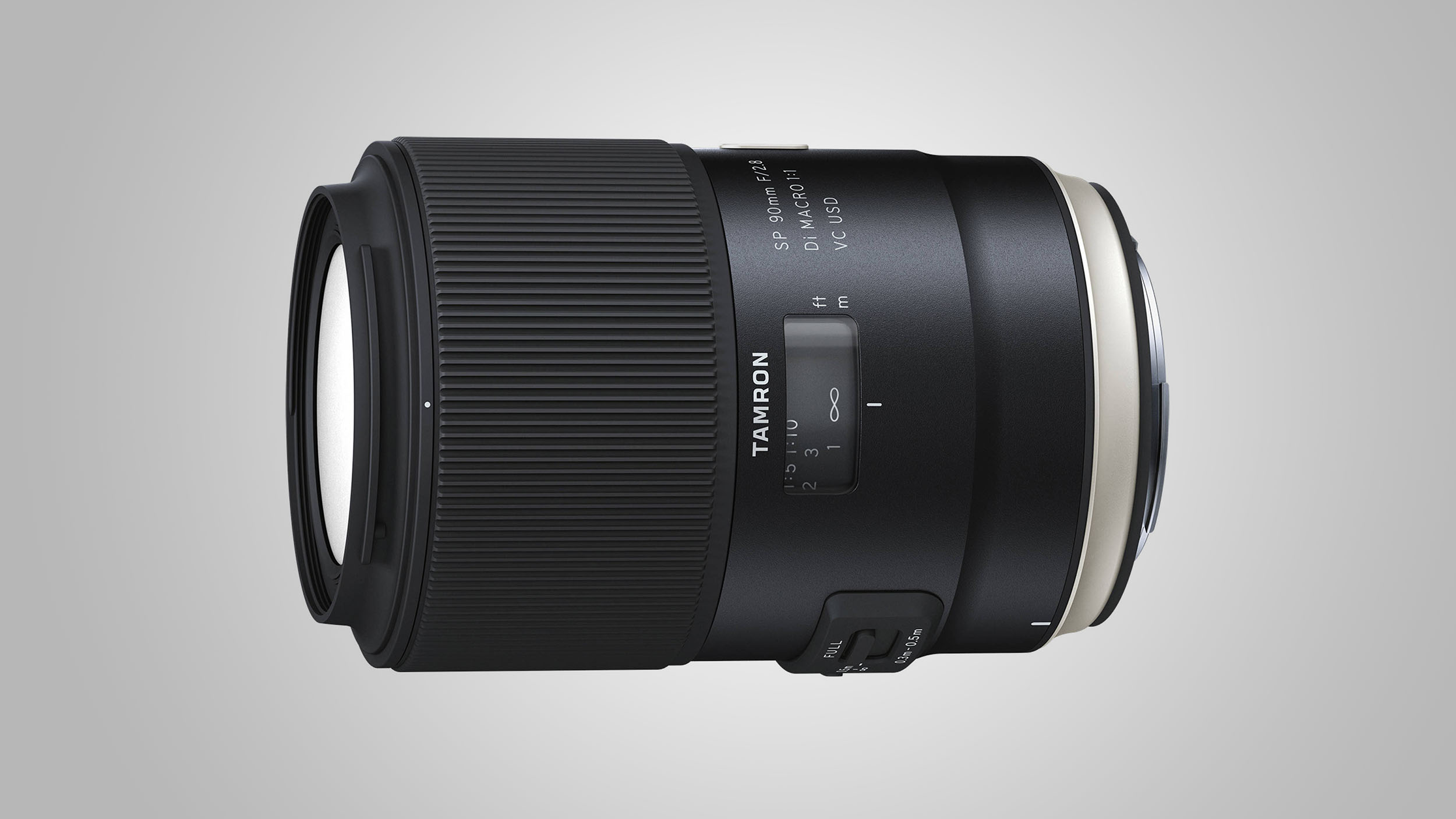
This 90mm macro lens provides a number of excellent specifications, including high-grade glass, nano-structure coating and high-quality weather sealing and fluorine coatings. The autofocus system has been optimized for close-up shooting, while the 'hybrid' optical stabilizer counteracts for axial shift (up-down or side-to-side movement) as well as the usual angular vibration (wobble). All that means that this is the best lens in its class for consistently sharp close-ups – you'll want to use a tripod though.
Great-value option: Sigma 105mm f/2.8 EX DG OS HSM Macro
It lacks the Tamron’s hybrid stabilization system and weather seals, but offers refined handling and delivers superb image quality.

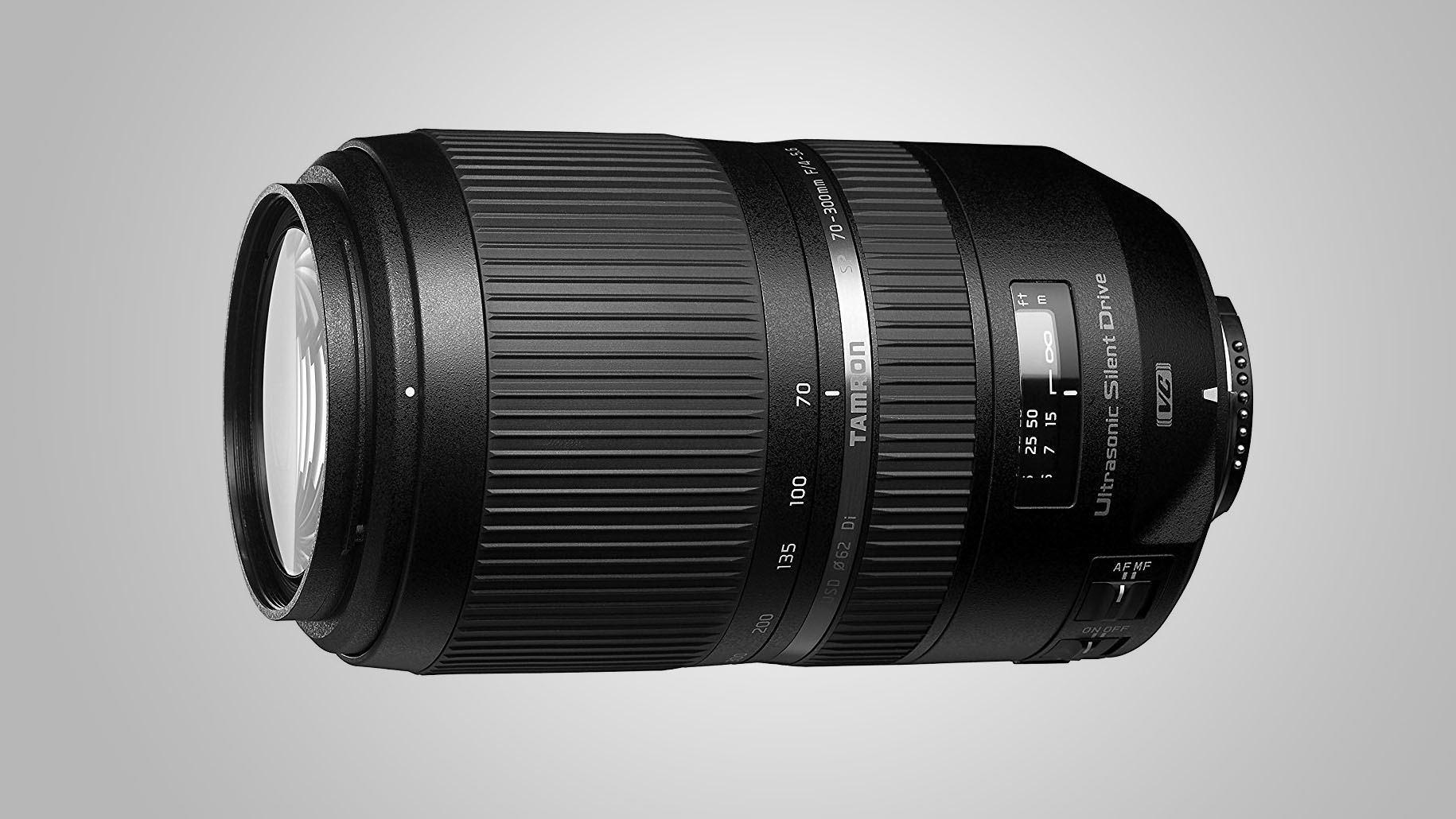
This Tamron option offers better build quality than Nikon's own DX format 70-200mm lens, while being much cheaper than Nikon's FX format 70-300mm lens – it hits the sweet spot. Here, the ring-type ultrasonic autofocus system is fast and quiet, while sharpness and contrast are well rendered throughout the zoom range. Sharpness is a little softer at the full reach of the lens, but Tamron's own optical stabilization system works well to keep your handheld shots free of blur.
Great-value option: Nikon AF-S DX 55-200mm f/4-5.6G ED VR II
This DX format lens is significantly cheaper to buy than the FX format Tamron, and, while it doesn’t offer as much telephoto reach, its retractable design makes it remarkably compact for stowing away.


This is a lens that makes a heck of a lot of sense with DX format cameras. Try pairing a 70-200mm f/2.8 lens with even something like the Nikon D7500 and you'll end up with something bulky and unbalanced. By contrast, the 70-200mm f/4 option is about half the weight (and half the price) for much more comfortable shooting. This is still an FX format lens, so you'll be able to use it on either kind of body, which is good news for potential upgraders. Image quality is stunning, with excellent sharpness helped along by very effective stabilization.
Great-value option: Sigma 70-200mm f/2.8 EX DG OS HSM
A great bargain buy, the Sigma has the faster, often favored f/2.8 aperture rating and is a very good performer, although it lacks weather seals.

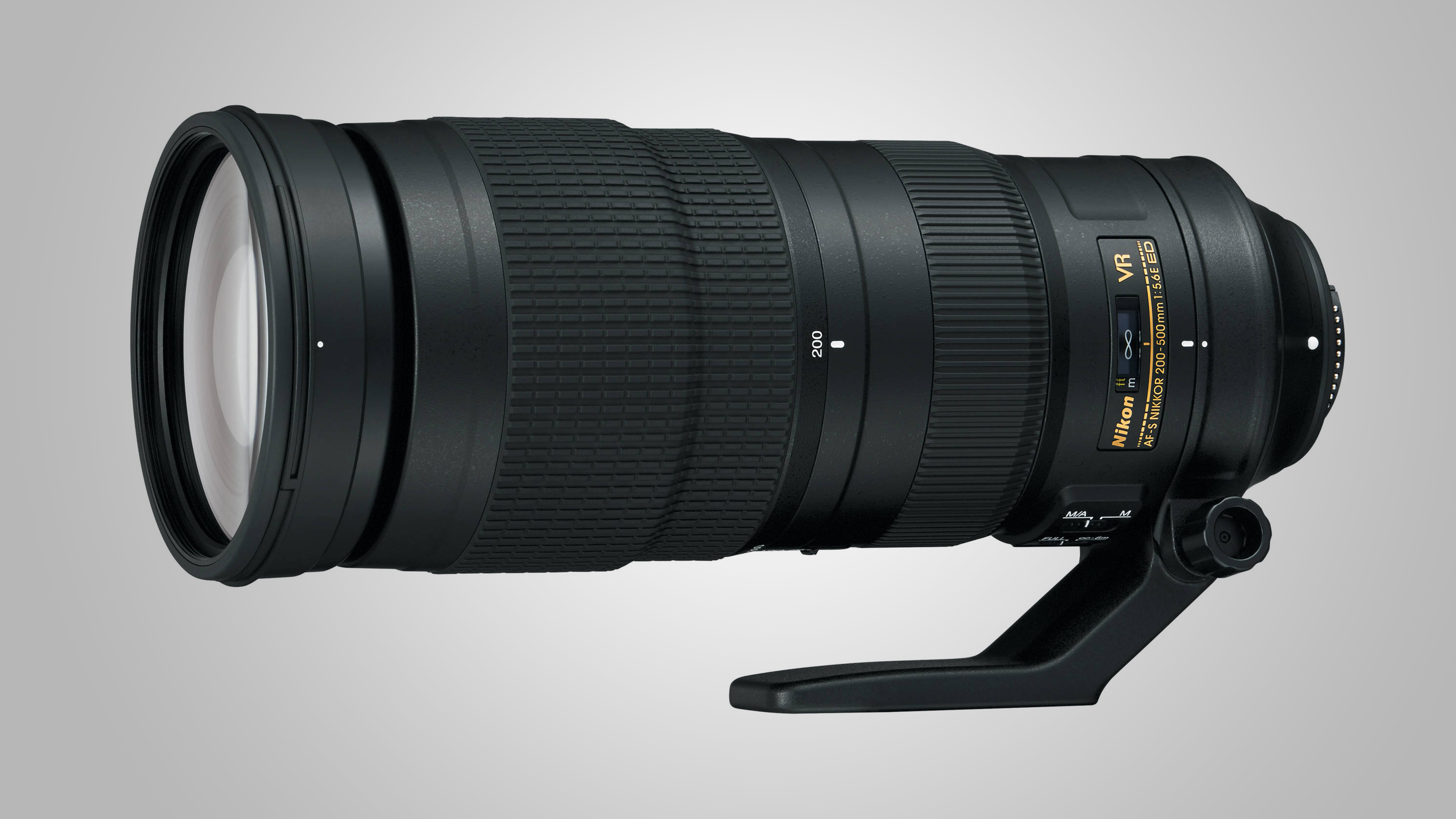
If you're a wildlife, sports or action photographer – this is one of the most versatile lenses you can pick up. It's fairly unusual in that it has a constant aperture throughout the range, which at f/5.6 is not too bad for the type of lens. On your DX body, the far end of the lens will give you 750mm, which may not be quite as much as using either a Sigma or Tamron 150-600mm zoom, but it's not too far behind. Another fantastic benefit is a 'Sport' mode, which makes it easier to track fast and erratically moving subjects through the viewfinder.
Great-value option: Sigma 100-400mm f/5-6.3 DG OS HSM | C
The maximum focal length is comparatively modest, but Sigma’s Contemporary class super-telephoto zoom is wonderfully compact and lightweight, making prolonged handheld shooting less of a strain.

- Best Nikon camera
- Best wide-angle lenses for Nikon DSLRs
- Best telephoto lenses for Nikon DSLRs
- Best super-telephoto lenses for Nikon DSLRs
- Best macro lenses for Nikon DSLRs
- Best portrait lenses for Nikon DSLRs
You'll often hear it said that a camera is only as good as the glass attached to it. FX (full-frame) format Nikon bodies like the D810 and D850 certainly set the bar high, with high-pixel-count sensors that draw attention to any shortfall in sharpness. But it's also true that there’s more to a good lens than just its ability to resolve fine detail.
In the real world, you'll find that handling is a key factor to consider. You'll also need accurate and fast autofocus to help you get those shots that others might miss. Effective optical stabilization can also make the difference between images that win awards, versus those that are only fit for the trash.
It’s certainly not always the case that own-brand Nikon lenses outperform competitors from independent manufacturers like Sigma and Tamron
It's not just about sharpness either. You also want high contrast, even when shooting wide-open at the largest available aperture. We're also keen to look for minimal distortion, color fringing as well as resistance to ghosting and flare. Reasonably low vignetting (where the corners of the image are dark) is also something to look out for. Such shortfalls can often be corrected in-camera, or in post-production software such as Photoshop – but it's always better to get it right in the first place if you can.
Don't be fooled into thinking that own-brand Nikon lenses are the go-to options for best performance. Independent manufacturers like Sigma and Tamron have produced some corkers, while they generally offer much more of a bargain.
Based on our extensive lab tests and ‘real-world’ testing, we’re proud to present our top 10 lenses in a wide range of popular categories, as well as great-value alternatives to suit tighter budgets. Let’s take a closer look at all the winners.

Best Nikon lenses for FX format DSLRs in 2019
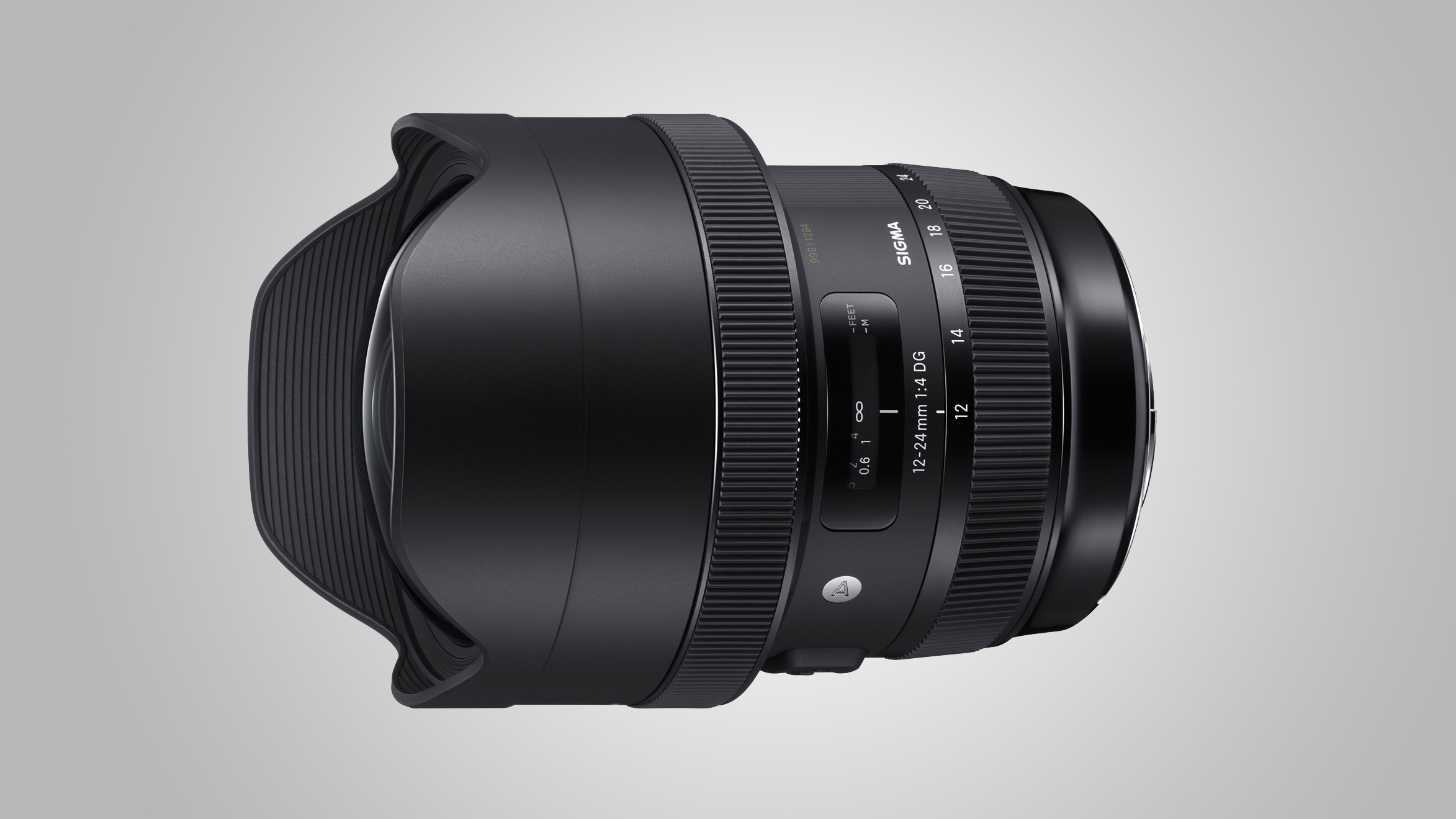
This spectacular lens has a class-leading maximum viewing angle, while the 'Art' designation means that its optics are the sharpest and finest possible. In terms of design, you've got an extra-large-diameter aspherical elements at the front, alongside five top-notch FLD (Fluorite-equivalent Low Dispersion) elements. There's fluorine coatings on the front and rear elements, while weather-sealing is also included. Autofocusing is swift and accurate, while a constant aperture throughout the zoom range is another bonus. Sharpness and distortion-control are both excellent, too.
Great-value option: Tamron SP 15-30mm f/2.8 Di VC USD
It’s not quite as ultra-wide as the Sigma, but this Tamron undercuts it for cost, while adding optical stabilization and a faster f/2.8 aperture rating.

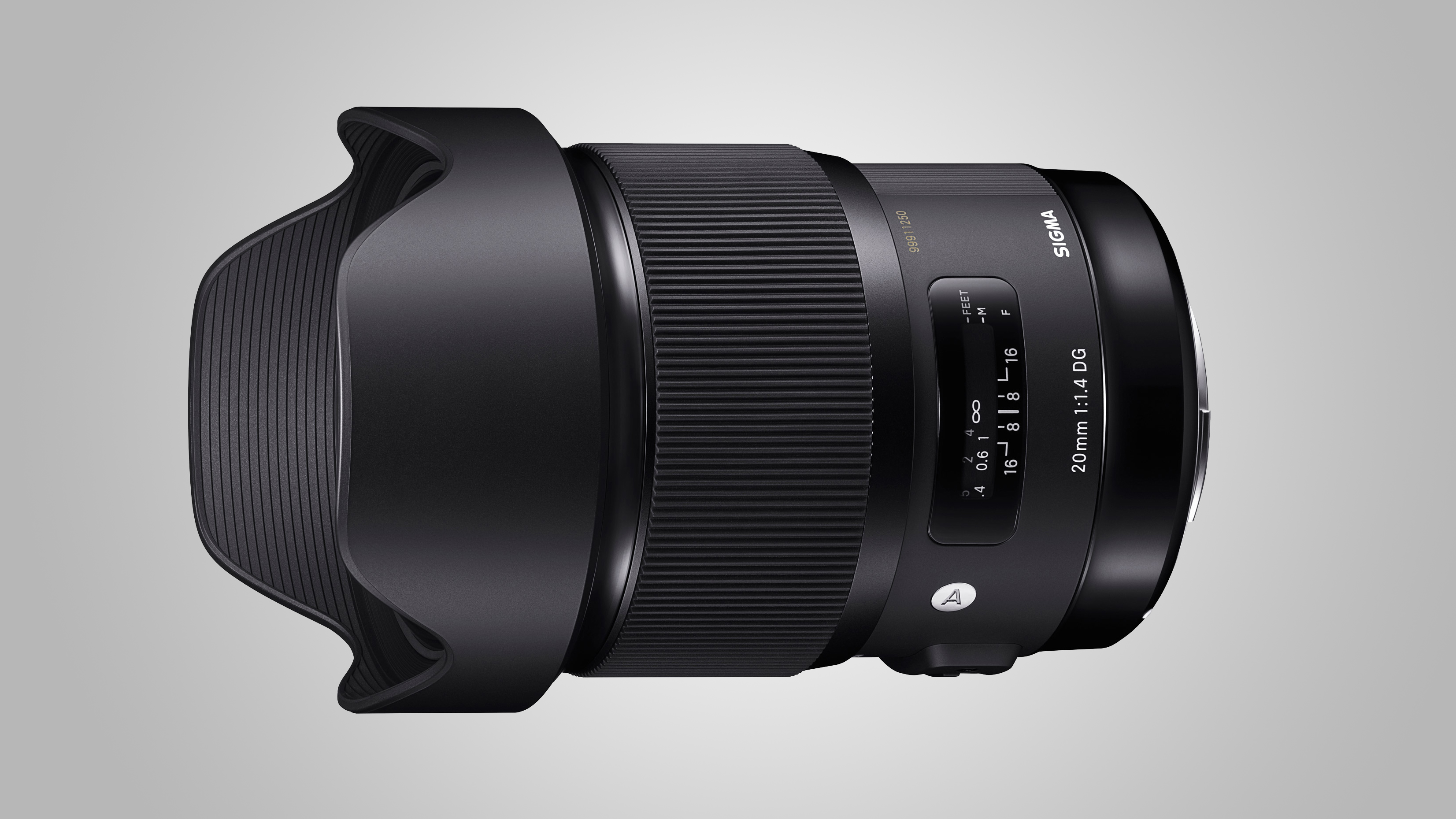
You can trust your creative potential to Sigma's 'Art' range, which has been designed to be as sharp as possible, while also producing beautiful blurred backgrounds. The company has a large selection of f/1.4 primes to choose from, but this is the widest available (there is also a 14mm f/1.8 lens). Image quality is superb, while build quality – although on the chunky side – is nothing short of spectacular.
Great-value option: Irix 15mm f/2.4 Firefly
It lacks autofocus, but this is a fabulous manual-focus lens that’s beautifully built and a real joy to use. The ‘Blackstone’ edition adds a couple of extra luxuries, but the Firefly is unbeatable value.

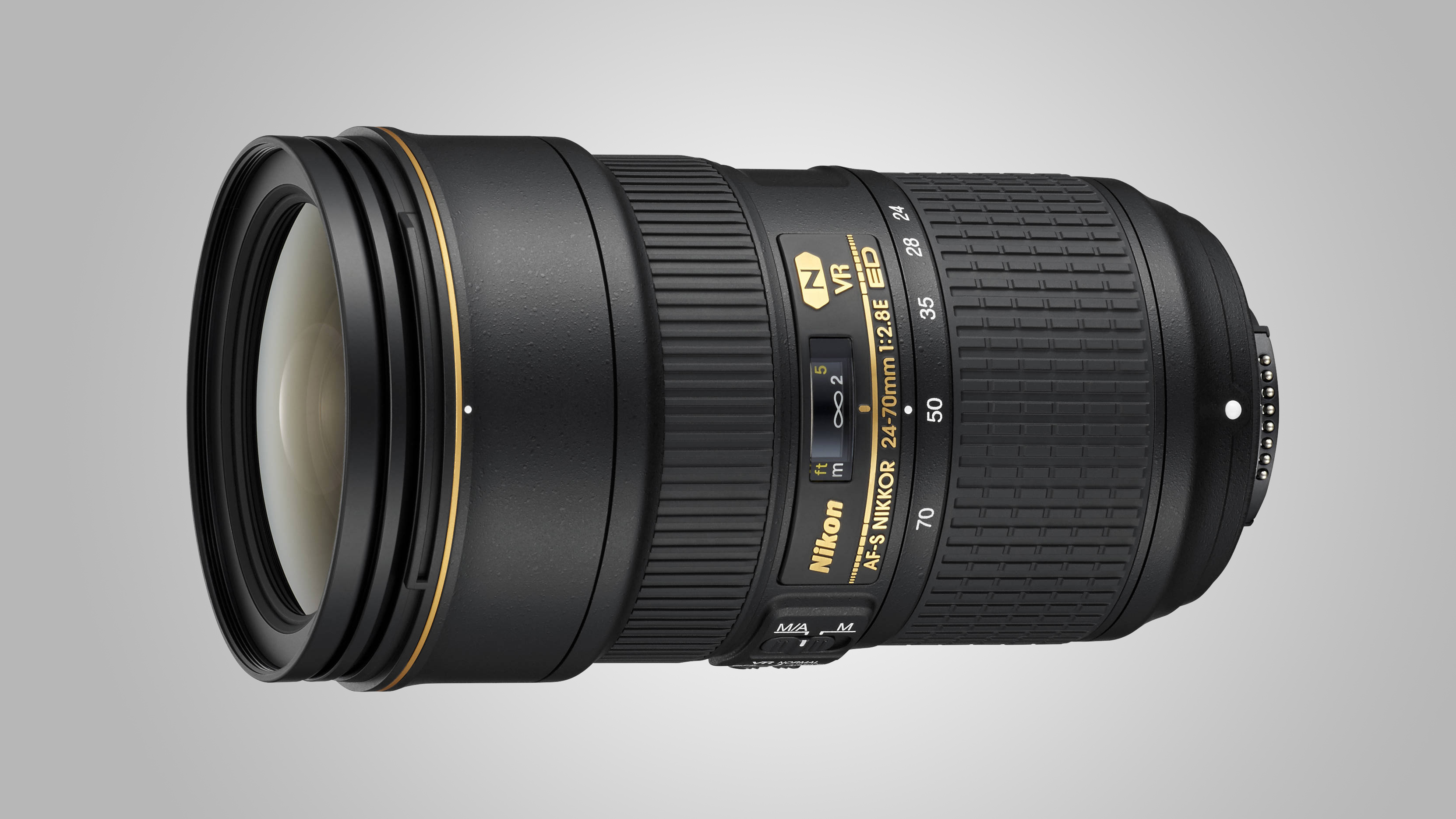
Here's a lens which towers over most standard zoom lens – but it has the benefit of remaining the same physical length no matter where in the zoom or focus range you are. There's also Vibration Reduction, while build quality is fantastic. Lens design includes four EF elements, Nano Crystal coatings, as well as fluorine coatings on the front and back elements. Image quality is great throughout the range, but you might notice some color fringing and vignetting – both things which can be easily corrected.
Great-value option: Tamron SP 24-70mm f/2.8 Di VC USD G2
The G2 (Generation 2) edition of Tamron’s 24-70mm lens combines excellent image quality with a tough build and great handling. The original edition is still on sale as well, and rather less expensive to buy.


This lens is a great choice for portrait shooters working with a DX format DSLR, but it is also our favored standard prime lens for full-frame models too. You lose out a little on the maximum aperture setting, but this lens is a very manageable size and weight, while also having the benefit of optical stabilization, too.
Great-value option: Nikon AF-S 50mm f/1.4G
Compared with the ‘budget’ Nikon AF-S 50mm f/1.8G, this f/1.4 lens is about twice the price, but still rather less expensive than the Tamron. It’s nice and sharp, but you do forego stabilization.


Travel photographers are often drawn towards superzoom lenses as it means you only have to carry one optic with you. However, when a lens like this tips the scales at 800g, it kind of loses its appeal for that purpose. That said, if you're an event or wedding photographer who finds they need to quickly – and often – switch between wide-angle and telephoto shooting, a lens like this can be a godsend. You'll have to compromise on image quality – this is a lens which is 'good' rather than 'great', but in terms of flexibility, nothing beats it.
Great-value option: Tamron 28-300mm f/3.5-6.3 Di VC PZD
It’s a cheaper option than Nikon’s FX-format superzoom and delivers similar image quality, but the autofocus system is comparatively basic and build quality doesn’t feel quite as good.

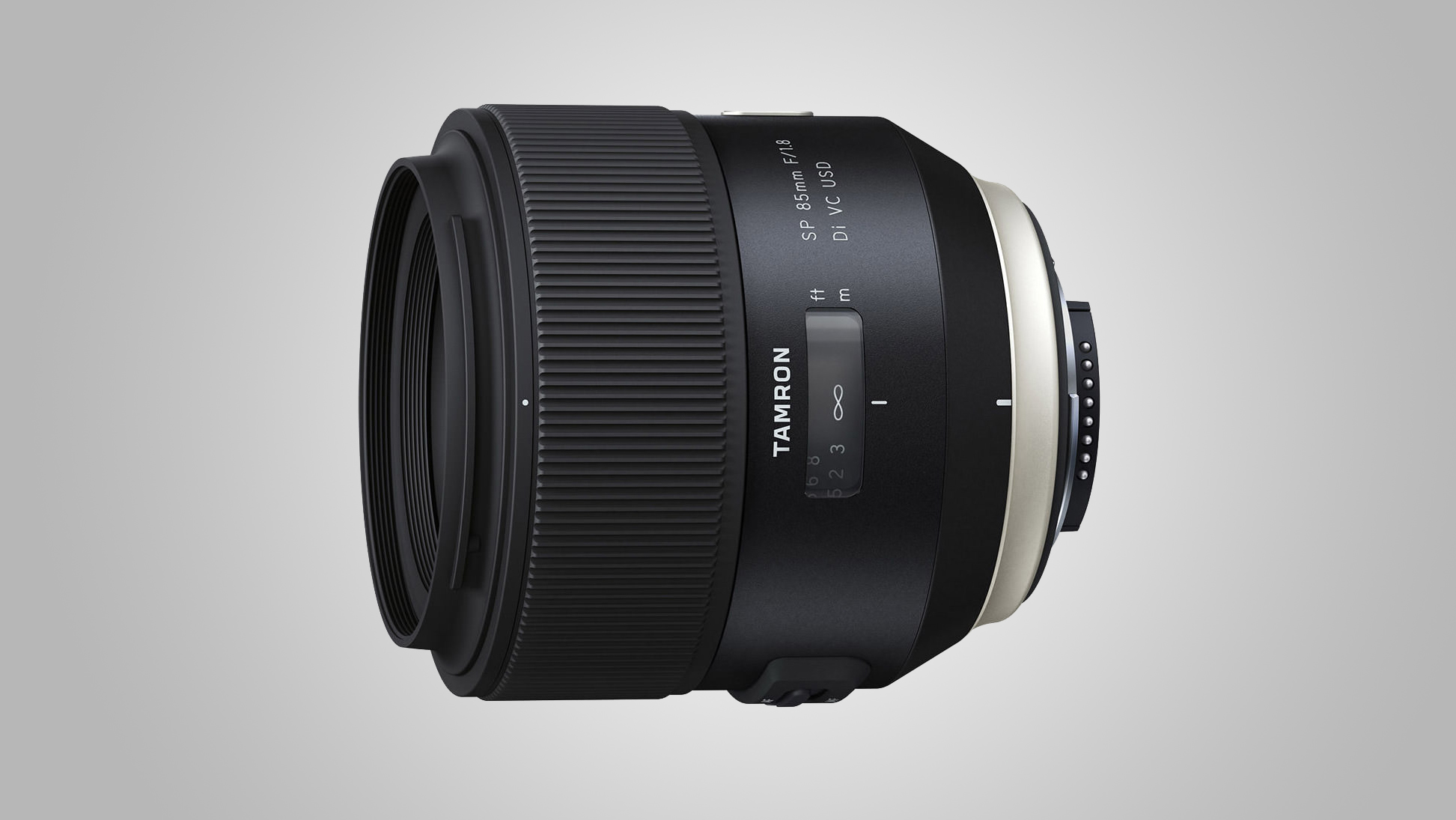
While there are some great 85mm f/1.4 lenses on the market for portrait photographers, including Nikon’s own AF-S 85mm f/1.4G and Sigma’s 85mm f/1.4 DG HSM | A, this Tamron version offers optical stabilization (and it's also a better bargain too). With a slightly narrower aperture than its rivals, it might not have the edge when it comes to blurring backgrounds, the bokeh it does produce is beautifully smooth, while the subject remains impressively sharp. If you're somebody that shoots indoors without a flash, or in low light, that stabilizer comes in especially handy – especially if you need to shoot at narrower apertures for environmental portraits.
Great-value option: Nikon AF-S 85mm f/1.8G
This Nikon lens is a bargain if you’re willing to stick with f/1.8 rather than stretching to an f/1.4 aperture, although it doesn’t feature stabilization.


This lens isn't cheap, but it's still a chunk cheaper than Nikon's popular AF-S 105mm f/2.8 G IF ED VR Micro lens. It also gives you a hybrid optical stabilization system which counteracts the shift in vertical and horizontal axes, as well as correcting for vibration and wobble. What that means is that sharpness is seriously impressive, especially for close-up shots. This lens proved to be a little sharper in our tests for extreme close-ups, with defocused areas being just a touch smoother, too.
Great-value option: Sigma 105mm f/2.8 EX DG OS HSM Macro
It lacks the Tamron’s hybrid stabilization system and weather seals, but has refined handling and delivers superb image quality.

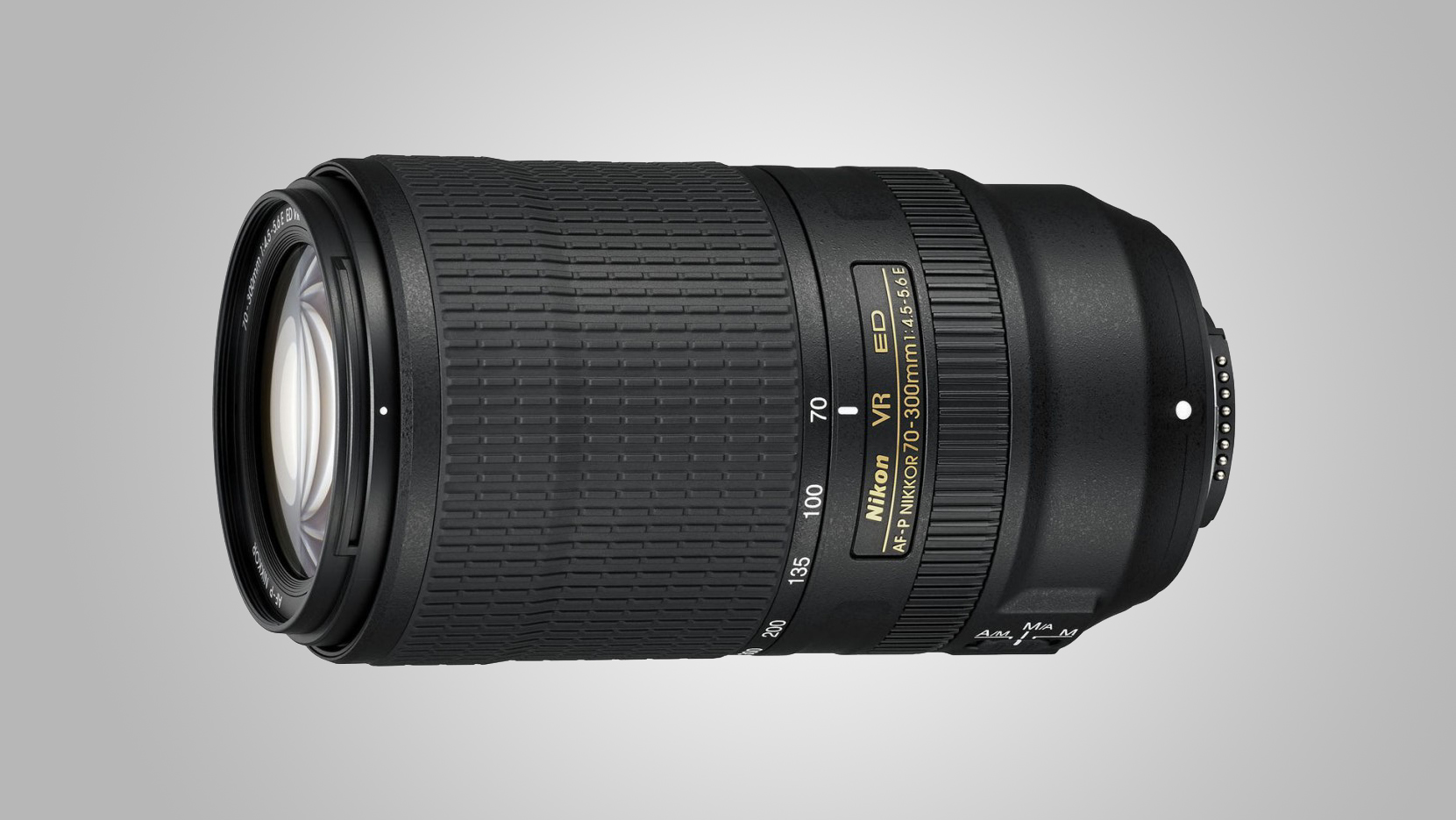
Back in the day, the 70-300mm ED lens for film SLRs which hugely popular. The later VR edition was also a big hit among DSLR shooters. This is the replacement fro those lenses, and includes newer technology, such as an AF-P (pulse) autofocus system which is based on a stepping motor. That means you get super fast performance for shooting stills, as well as smooth and virtually silent transitions for movie shooting. It also features an electromagnetically controlled diaphragm, for more consistent apertures in rapid-fire shooting using fast continuous drive mode. On top of that, you get Nikon’s Sport VR mode, which makes it easier to track erratically moving subjects in the viewfinder. However, the AF-P autofocus and electromagnetic diaphragm control make the lens incompatible with some older DSLRs, and the relatively expensive price tag stretches the notion of a ‘budget telephoto zoom’.
Read our in-depth Nikon AF-P 70-300mm f/4.5-5.6E ED VR review
Great-value option: Tamron SP 70-300mm f/4-5.6 Di VC USD
As well as being our top pick for DX-format cameras, thanks to its good performance and relatively inexpensive price, this Tamron is also a smart budget buy for FX bodies.


If you're a professional photographer, this is the lens that will be your go-to option for sports and action shots. The f/2.8 constant aperture is what many will crave, while it still retains a respectable f/5.6 aperture rating if you use it with a 2x teleconverter. Other top tricks include auto and manual priority autofocus options, a Sport VR mode, and an electronically controlled diaphragm, all of which are also featured in Nikon’s 70-300mm ‘budget’ telephoto zoom. This top-flight lens is supremely well built, however, which makes it a lot more suited to professional use. The autofocus system is super-fast and image quality is stunning, with incredible contrast and sharpness.
Great-value option: Tamron SP 70-200mm f/2.8 Di VC USD G2
This directly competing second-generation Tamron’s 70-200mm f/2.8 lens is very nearly as good as the own-brand Nikon, but costs about half the price.

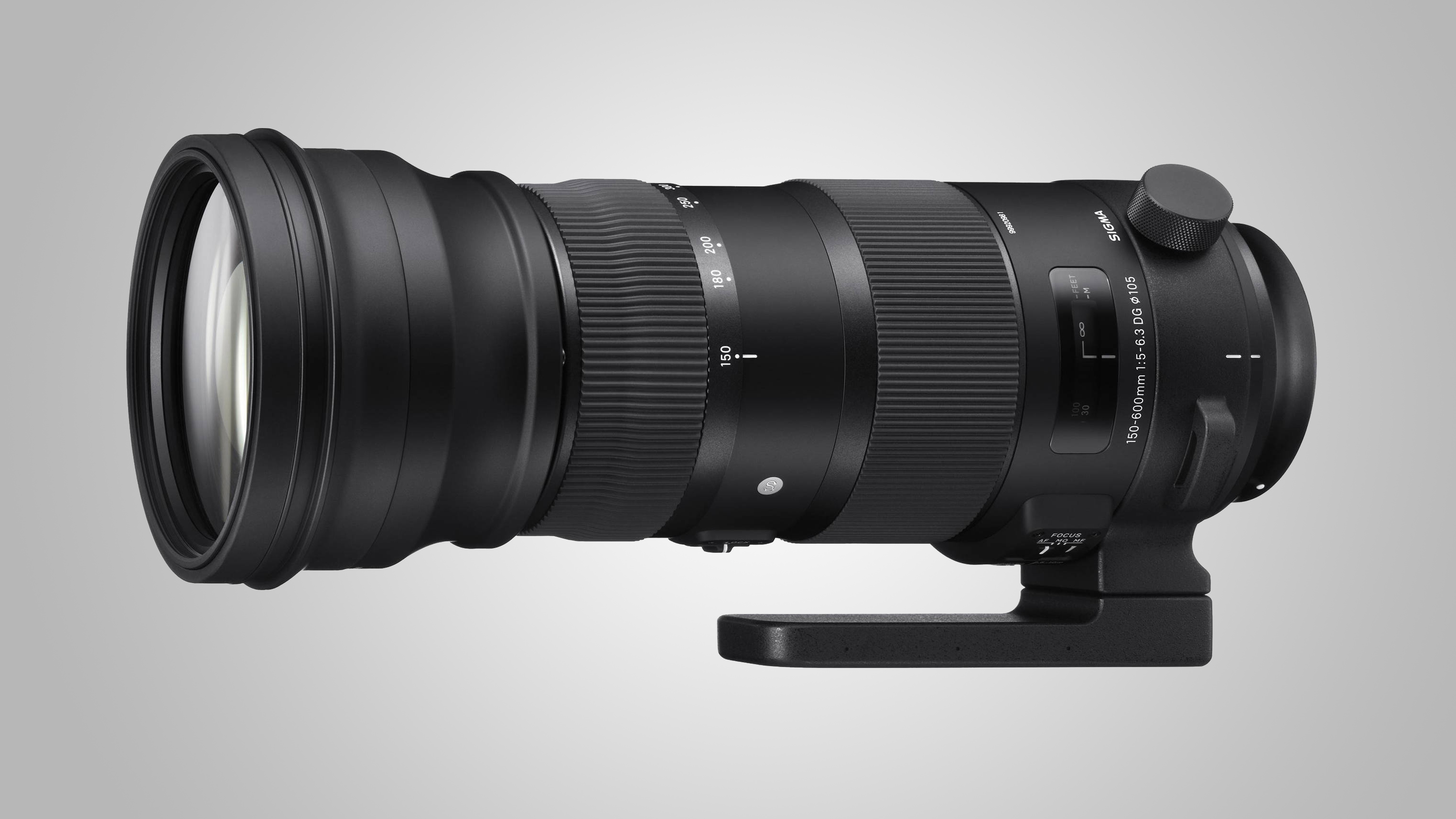
Reasonably unusually for a Sigma lens, this offering gives you a full set of weather-seals, while there's a whole range of other high-tech specs. Auto and manual priority autofocus modes are available, and the clever zoom lock mechanism enables you to lock the position at any marked focal length, rather than just at the short end of the zoom range. Image quality is fantastic with superb sharpness and excellent contrast all the way to the maximum telephoto reach, while distortion and color fringing is kept to a minimum. Fast-moving subjects won't be beat by the ring-type autofocus system either, making this a smart choice for action shooters.
Great-value option: Sigma 150-600mm f/5-6.3 DG OS HSM | C
Nearly a kilogram lighter in weight, this Contemporary lens retains many of the advanced features of the Sport edition, but is cheaper to buy and less of a strain in handheld shooting.
